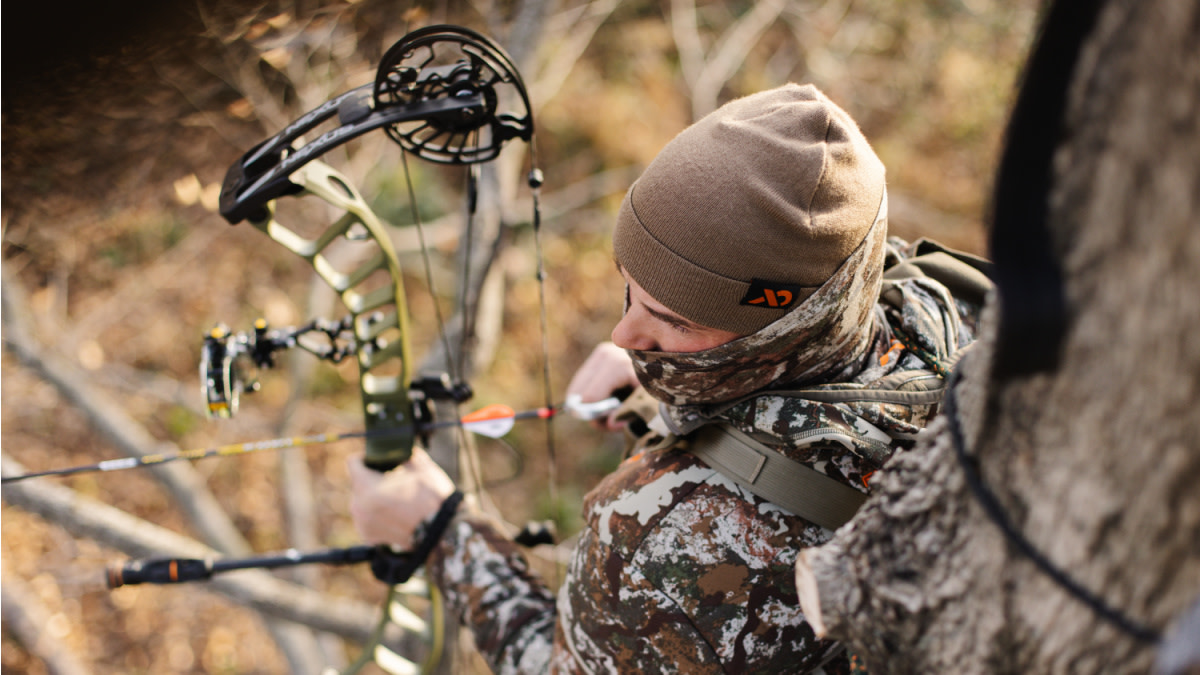
I recently made the mistake of searching YouTube for long-distance bow shots. While some practice session of insanely far distances showed up, a long list of hunting videos with farther-than-average shots populated the results as well.
Now, far is subjective.
A 60-yard poke to one archer might be the equivalent of a 30-yard shot to another. Even with vastly different skillsets, attention to equipment, and discipline at the range, there is still a question of how far is too far?
When it comes to whitetails, the answer is worth exploring. Personally, I’m a 40-yard and closer guy now. I used to stretch it out, back before I had kids and I had a lot more time to target practice. But it was also during those days that I learned the difference between being a badass at the range, and being a killer in the woods.
Deer Are Tough
Before going down the effective-range rabbit hole, it’s best to acknowledge that whitetails don’t die easy. They fight for life the way squirrels do. They aren’t cottontails or antelope, which seem to lack the tenacity to fight until their last breath. A marginal hit on a whitetail is a nightmare, and it’s easy to do. Now, this isn’t to say you should have fewer morals or ethics when shooting a pronghorn than a whitetail. But it’s more of a cautionary tale.
Effective Range
“Effective range” is a term that gets tossed around a lot. Essentially, it symbolizes the distance any one of us should shoot that should result in a double-lung or heart hit. To frame it up, let’s say that it’s the distance where you’re like 98% confident you’ll do exactly what you need to do in order to ensure a quick, humane kill.
That other 2% has to be in there just because it’s possible to screw up an easy one, let alone a shot at the back end of your comfort zone.
Before you can say what is too far, you have to know what it far enough. I do this throughout the summer when I’m shooting broadheads. If I can produce tight groups at 40 yards without trying, but they loosen up at 50 or 60, I know that 40 is about it. Even then, a 40-yard shot attempt on an actual deer needs to occur in perfect conditions.
Good light, calm deer, time to execute, all these things should be present for a shot at the end of your limit. If any of those elements is absent, it’s best to start thinking about what your new-in-the-moment effective range is.
The only way to really nail this down is to practice a lot, pay attention to your gear, and be real honest with yourself when you’re hunting.
So, How Far Is Too Far?
I could throw out an arbitrary number like 60 yards and declare that the edge of responsibility with bow shots and whitetails. Instead, I’ll say this—figure it out for yourself. Pay attention to how well you shoot on the range and in the woods.
Regarding the former, take note of your groups at even distances, odd ranges, and what happens if you sit down or kneel to shoot. Stick a branch in the ground to partially cover the vitals of your target. Shoot at last light; shoot in the wind. Develop a clear picture of your capabilities when shooting foam, and then pay close attention to your post-shot results in the woods.
If you consistently have late-night blood trailing sessions that are wrought with anxiety on 20-yard shots, you might want to pass on a big buck at twice that distance—even if you can shoot lights out at 40 in your backyard.
This is the weird intangible to the whole thing, which is combination of how dedicated we are at the range, and how good we are in the field. The latter matters most, and it demands pure honesty. You know if you can absolutely make a shot, or if you’re crossing your fingers and flinging because no one is looking and you might get lucky.
At that point, you know what too far is.
Then, it’s time to learn from your mistakes. It’s time to tighten things up to the point that when you come to full draw, the only thought in your head is going to be settle the pin, release, and then listen for your buck to fall after a 50-yard sprint.




